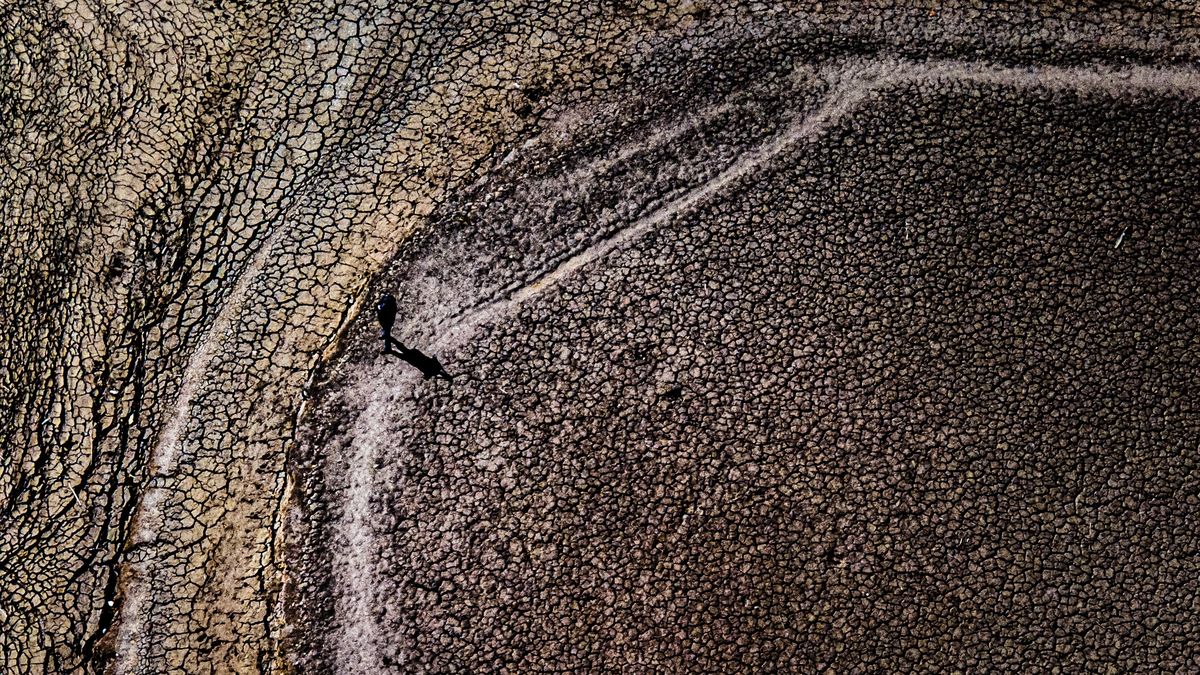The damaged ozone layer, which protects the planet from ultraviolet radiation, is being repaired. As follows from scientific news processed under the auspices of the United Nations, this part of the atmosphere is likely to recover over most of the planet by 2040.
It will take a little longer in the polar regions. The seam should be fully restored over the North Pole by 2045 and over Antarctica by 2066.
The ozone hole was once considered one of the most feared threats facing humanity. According to a scientific report, the actions of world governments, gradually banning the use of substances that destroy the ozone layer, contributed to its restoration. write Guard.
For years, scientists and conservationists have welcomed efforts to close the ozone hole. These efforts stem primarily from the so-called Montreal Protocol of 1987, which helped ban most ozone-depleting chemicals, such as chlorofluorocarbons (CFCs), from being used as solvents and refrigerants.
Scientists saw a slight improvement in the state of the ozone four years ago, but they were based on preliminary data at the time.
How the planets change
The National Aeronautics and Space Administration has released a series of new satellite images depicting the effects of climate change and human activities on the shape of the Earth over the past year.
“The numbers pointing to recovery feel clearer now. The situation in the upper stratosphere and in the ozone hole appears to be improving,” said Paul Newman, one of the report’s lead authors. He said levels of ozone-depleting chemicals in the atmosphere were also decreasing, he wrote. website France24. These are mainly chlorine and bromine.
That the levels of these substances in the atmosphere had stopped rising and falling was, according to Newman, “a clear testament to the effectiveness of the Montreal Protocol.”
According to David Fahey, one of the report’s lead authors, the Montreal Convention should be considered “the most successful environmental treaty in history, which also provided the impetus for the countries of the world to come together and then act on the basis of an agreed scheme”.
Years ago, it was common to buy equipment at the store with refrigerants that actually ate up the ozone, recalls Fahey. Today these substances are not only banned, they are no longer found in homes or cars, as they are being replaced by cleaner chemicals.
“How we tackle the ozone problem sets a precedent for climate action. Our success in eliminating ozone-depleting chemicals shows us what can and should be done: switch from fossil fuels to other alternatives, reduce greenhouse gases, and thereby limit temperature rise,” said World Meteorological Organization Secretary General Petteri Taalas in a statement. statement.
However, the pace of recovery for the ozone layer has not always been smooth. Several years ago, emissions of one of the banned chemicals, trichlorofluoromethane (CFC-11), stopped decreasing and instead increased. “Black” emissions appeared in parts of China at the time, but are currently returning to acceptable levels, the AP news agency reported.

“Certified bacon geek. Evil social media fanatic. Music practitioner. Communicator.”







